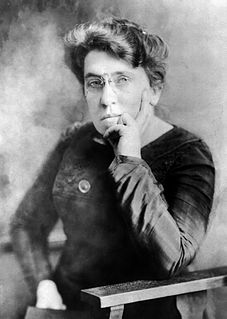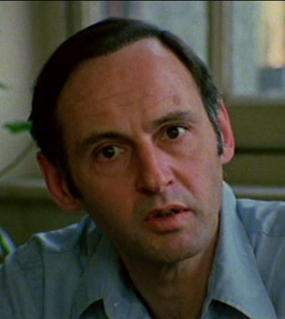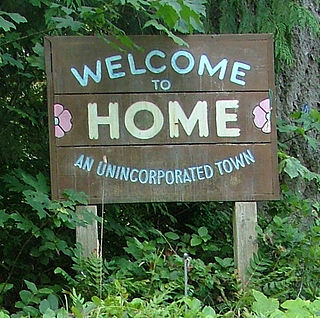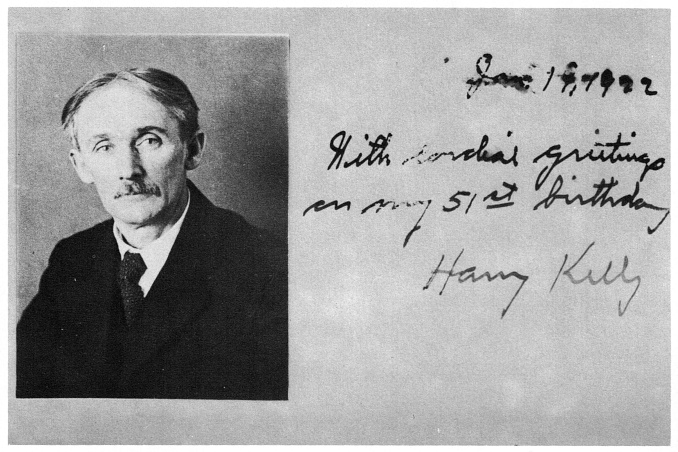Related Research Articles
Anarchism is a political philosophy and movement that is sceptical of authority and rejects all involuntary, coercive forms of hierarchy. Anarchism calls for the abolition of the state, which it holds to be unnecessary, undesirable, and harmful. As a historically left-wing movement, placed on the farthest left of the political spectrum, it is usually described alongside libertarian Marxism as the libertarian wing of the socialist movement, and has a strong historical association with anti-capitalism and socialism.

Emma Goldman was an anarchist political activist and writer. She played a pivotal role in the development of anarchist political philosophy in North America and Europe in the first half of the 20th century.

Anarcha-feminism, also referred to as anarchist feminism, is a system of analysis which combines the principles and power analysis of anarchist theory with feminism. Anarcha-feminism closely resembles intersectional feminism. Anarcha-feminism generally posits that patriarchy and traditional gender roles as manifestations of involuntary coercive hierarchy should be replaced by decentralized free association. Anarcha-feminists believe that the struggle against patriarchy is an essential part of class conflict and the anarchist struggle against the state and capitalism. In essence, the philosophy sees anarchist struggle as a necessary component of feminist struggle and vice versa. L. Susan Brown claims that "as anarchism is a political philosophy that opposes all relationships of power, it is inherently feminist".

Alexander Berkman was a Russian-American anarchist and author. He was a leading member of the anarchist movement in the early 20th century, famous for both his political activism and his writing.

Voltairine de Cleyre was an American anarchist known for being a prolific writer and speaker who opposed capitalism, marriage and the state as well as the domination of religion over sexuality and women's lives which she saw as all interconnected. She is often characterized as a major early feminist because of her views.

Paul Avrich was a historian of the 19th and early 20th century anarchist movement in Russia and the United States. He taught at Queens College, City University of New York, for his entire career, from 1961 to his retirement as distinguished professor of history in 1999. He wrote ten books, mostly about anarchism, including topics such as the 1886 Haymarket Riot, 1921 Sacco and Vanzetti case, 1921 Kronstadt naval base rebellion, and an oral history of the movement.

Home is a census-designated place in Pierce County, Washington, United States. The 2010 Census placed the population at 1,377. The community lies on the Key Peninsula and borders the waters of Carr Inlet, an extension of Puget Sound. Home is now primarily a town of beach homes, although around the turn of the twentieth century, it was considered a model, utopian community of anarchists.
Anarchism in the United States began in the mid-19th century and started to grow in influence as it entered the American labor movements, growing an anarcho-communist current as well as gaining notoriety for violent propaganda of the deed and campaigning for diverse social reforms in the early 20th century. By around the start of the 20th century, the heyday of individualist anarchism had passed and anarcho-communism and other social anarchist currents emerged as the dominant anarchist tendency.

Anarchism and Other Essays (1910) is a collection of essays written by Emma Goldman, first published by Mother Earth Publishing Association. The essays outline Goldman's anarchist views on a number of subjects, most notably the oppression of women and perceived shortcomings of first wave feminism, but also prisons, political violence, sexuality, religion, nationalism and art theory. Hippolyte Havel contributed a short biography of Goldman to the anthology. The essays were adapted from lectures Goldman had given on fundraising tours for her journal Mother Earth.Anarchism and Other Essays was Goldman's first published book. "The Traffic in Women" has received particular attention from feminist scholars since the book's publication.

This version of Mother Earth was an anarchist periodical aimed at the discussion of progressive issues. It was in circulation among people in the radical community in the United States from 1933–1934.

Louise Berger was a Russian Latvian anarchist, a member of the Anarchist Red Cross, and editor of Emma Goldman's Mother Earth Bulletin in New York. Berger became well known outside anarchist circles in 1914 after a premature bomb explosion at her New York City apartment, which killed four persons and destroyed part of the building.

Harry May Kelly (1871–1953) was an American anarchist and lifelong activist in the Modern School movement.
The Fellowship Farm Cooperative Association was a Utopian anarchist community in the Stelton section of Piscataway Township, New Jersey that was started in 1912.
Major anarchist thinkers generally supported women's equality. Free love advocates sometimes traced their roots back to Josiah Warren and to experimental communities, viewing sexual freedom as an expression of an individual's self-ownership. Free love particularly stressed women's rights. In New York's Greenwich Village, "bohemian" feminists and socialists advocated self-realisation and pleasure for both men and women. In Europe and North America, the free love movement combined ideas revived from utopian socialism with anarchism and feminism to attack the "hypocritical" sexual morality of the Victorian era.
Anarchism has had a special interest on the issue of education from the works of William Godwin and Max Stirner onwards.
The Ferrer Center and Stelton Colony were an anarchist social center and colony, respectively, organized to honor the memory of anarchist pedagogue Francisco Ferrer and to build a school based on his model in the United States.
The Ferrer school was an early 20th century libertarian school inspired by the anarchist pedagogy of Francisco Ferrer. He was a proponent of rationalist, secular education that emphasized reason, dignity, self-reliance, and scientific observation, as opposed to the ecclesiastical and dogmatic standard Spanish curriculum of the period. Ferrer's teachings followed in a tradition of rationalist and romantic education philosophy, and 19th century extragovernment, secular Spanish schools. He was particularly influenced by Paul Robin's orphanage at Cempuis.

Francisco Ferrer i Guàrdia was a radical freethinker, anarchist, and educationist behind a network of secular, private, libertarian schools in and around Barcelona. His execution, following a revolt in Barcelona, propelled Ferrer into martyrdom and grew an international movement of radicals and libertarians, who established schools in his model and promoted his schooling approach.

Leonard Abbott (1878–1953) was an anarchist and socialist best known for co-founding the Stelton Colony and related Ferrer Association in the 1910s.
Abraham "Abe" Bluestein (1909–1997) was an American anarchist who participated in the Spanish Civil War.
References
- 1 2 3 4 Gay & Gay 1999, p. 74.
- ↑ Gay & Gay 1999, pp. 74–75.
- 1 2 3 Gay & Gay 1999, p. 75.